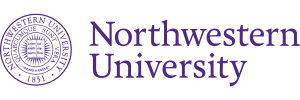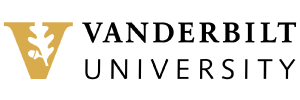Collaborative Project
Proteoform Atlas for Imaging Mass Spectrometry


The goal of this collaborative project between the Northwestern University Rapid Technology Implementation (RTI) group and Vanderbilt University Tissue Mapping Center (TMC) is to bridge the gap between imaging mass spectrometry (IMS) and proteoform identification by top-down proteomics (TDP). A major challenge in IMS is properly assigning a protein to a detected m/z in the image. High-resolution IMS instruments provide accurate mass for detected proteins, however, the lack of direct fragmentation data makes it difficult to assign the gene identification for the proteins present, much less characterize their isoforms and post-translational modification. Conversely, TDP allows for better characterization of proteins present in a sample, while combining both high-resolution MS1 masses and MS2 fragmentation data. Therefore, it’s possible to combine the best of both worlds and augment HuBMAP with the best-in-class data for mapping both the chemical composition of protein and their spatial distribution in human tissues at cellular resolution. This project will combine these two mass spectrometry methods to develop a proteoform atlas to match ions detected by IMS to proteoforms characterized by TDP. These efforts will further the goals of HuBMAP by providing spatially resolved proteoform maps of human tissues.
To date the project has made significant progress on its original milestones. From a single analysis, the collaborators were able to determine more than 700 proteoforms in rat brain tissue. From these, along with those characterized by other rodent brain projects performed previously in the lab, they were able to match five to the 54 protein masses acquired by imaging mass spectrometry in initial studies. A key limitation to the matching of masses between the two platforms is the mass shift during data acquisition. Building in controls for mass shift is part of the group’s 2021 milestones and will enable improved mass determination and allow for increased proteoform matching. In addition to the data acquired in rat brain tissue, top-down proteomic data in human kidney tissue found over 2,200 proteoforms. Acquisition of imaging mass spectrometry data on kidney proteins is pending as methods for applying internal standards to the tissue prior to the analysis are currently being developed.
In addition to the original goals of this collaboration, the team also wishes to enhance the study of functional tissue units by various mass spectrometry methods. Using laser capture microdissection, glomeruli will be isolated and bottom-up and top-down mass spectrometry will be used to determine the proteins and proteoforms present.
Project Leads
Neil Kelleher, Northwestern RTI
Return to the Collaborative projects page
